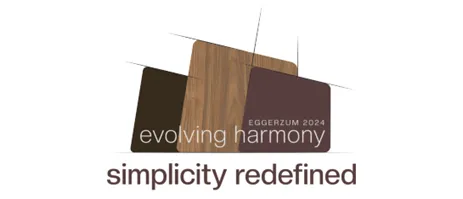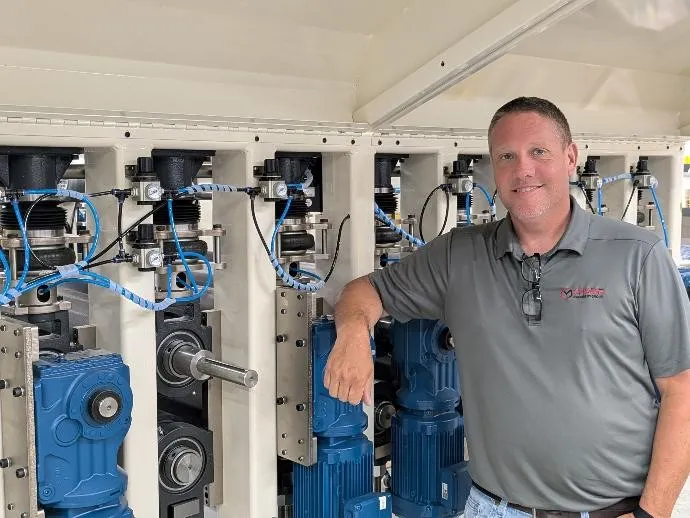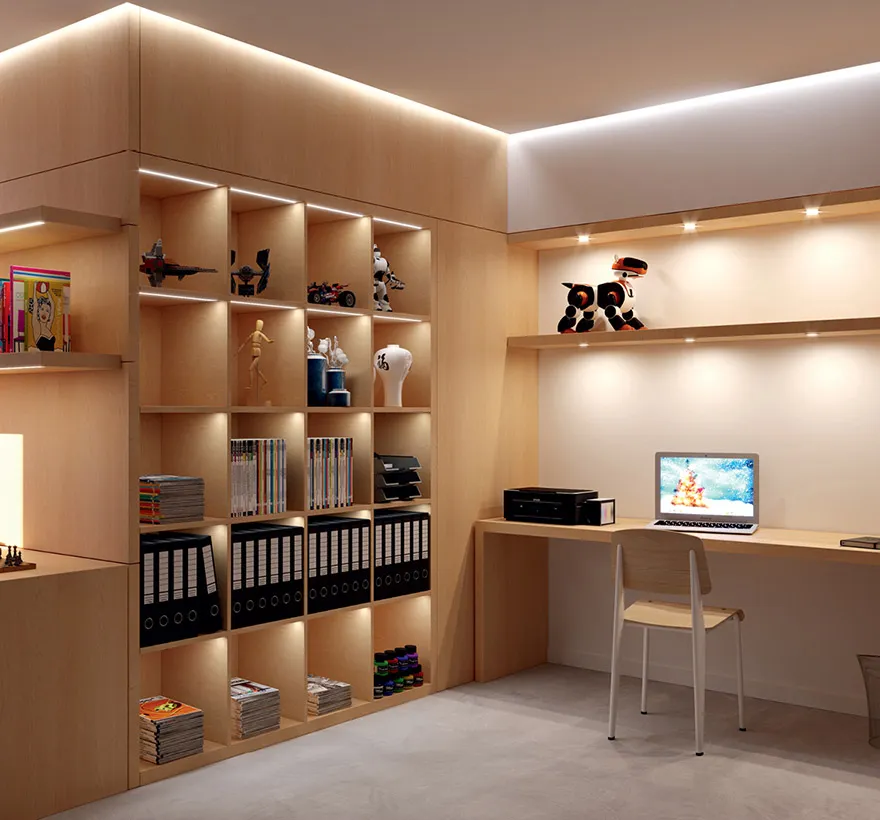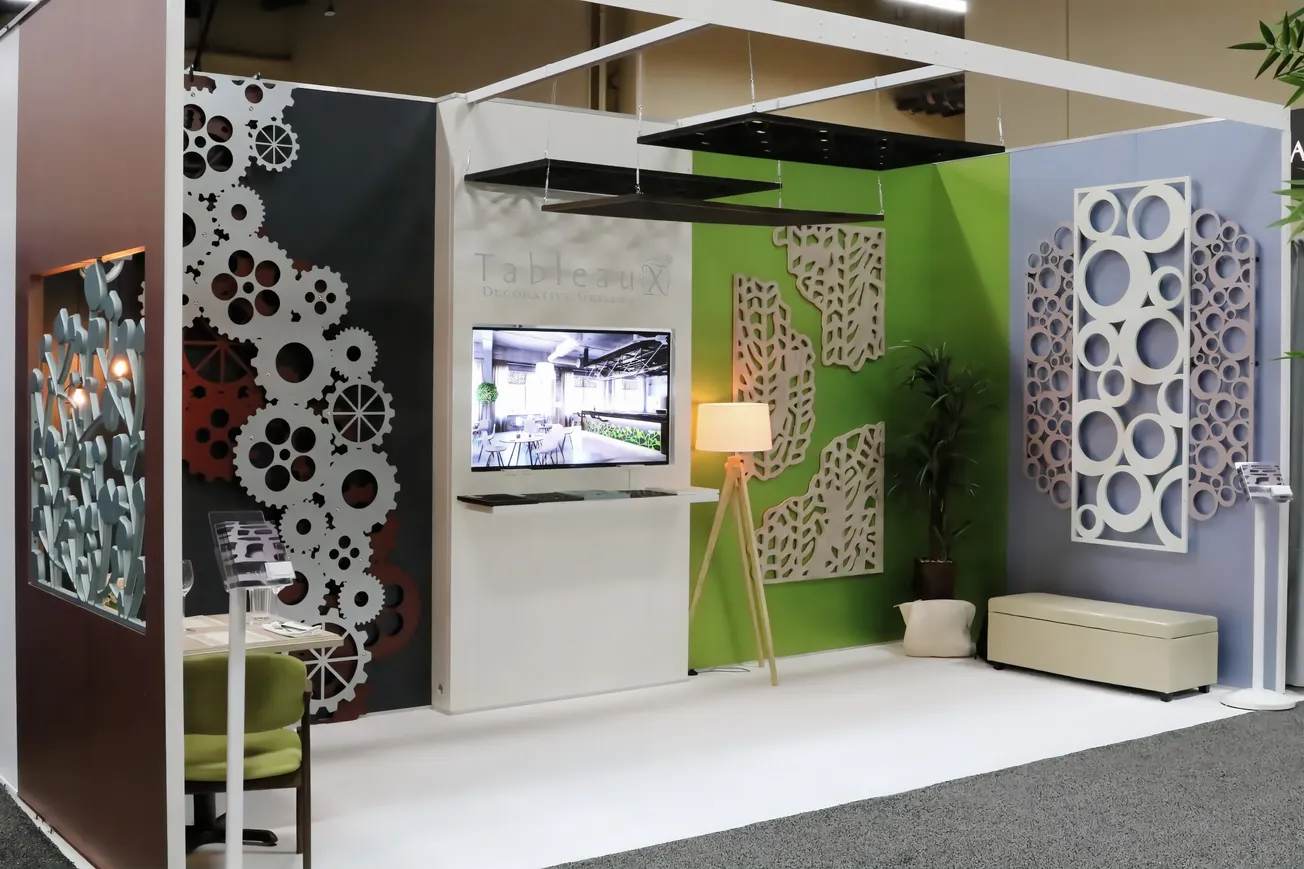Table of Contents
Making Connections
Ah, the furniture and store fixtures issue. What I love about this emphasis in general is that it is about connections.
Superficially, the end products are all intended (to some degree) to engage the end users. Retail – with its classic mantra “orient, engage and entertain” – is all about evoking emotion. Whether the brand is lofty and elegant, or bold and fun, store fixtures are used to guide shoppers through an experience. No other material group is better suited to meet the full spectrum of applications in retail than composite panels carrying decorative surfaces. The products are so design-flexible, from flat panel goods that perform in insanely high-traffic retail experiences (see Crayola page 36) to 3DL and unconventional laminates that are versatile enough to reflect the individual personality of a store owner (see Harley-Davidson page 20), panel-processed goods capably answer any criteria posed by a retail designer.
Furniture is also intended to engage, particularly in the workspace setting where the environment can impact productivity. At one point, we made clear differentiation between office and residential furniture, but now the line is blurred by how people live with products. Furniture is so ubiquitous and so anthropological, that the market segment is both terrifying and exhilarating to approach from an editorial point of view. It is simultaneously giant (see Haworth page 12) and boutique (see At The Show page 56). People who work in furniture tend to stay in it, putting in time with big names and specialty companies alike (see Nucraft page 44). Welcome to the Hotel Western Michigan – you can never leave! Yet, that familiarity makes the vast landscape a smaller space, a community of innovation. Proprietary advances ultimately make it into the mainstream, driving the entire industry forward. That engagement within the segment itself continually raises the bar, bringing about better environmental standards, processes and products.
Market advantage comes from knowing your customer, and aligning material and processing technologies in a way that allows for accommodation and agility. Ultimately, size is less important than performance, and secrets are less important than service. There are two stories in this issue (Four Woods page 50 and Lightweight Panel page 30) that openly discuss their respective businesses. They completely differ from each other in subject and materiality, yet share a common thread of tying manufacturing into the local community for the greater good. These are certainly not the only examples of engaged companies. In fact, in my experience writing about industry, the most successful operations typically have a sense of purpose beyond the bottom line. However, it is a good reminder that those who make goods also make connections.
Thank you to everyone who shared his or her expertise or story to make this issue possible. I hope it is half as intriguing to read as it was to produce.
Sincerely,
Suzanne VanGilder | Editorial Director
“No other material group is better suited to meet the full spectrum of applications in retail than composite panels carrying decorative surfaces”






